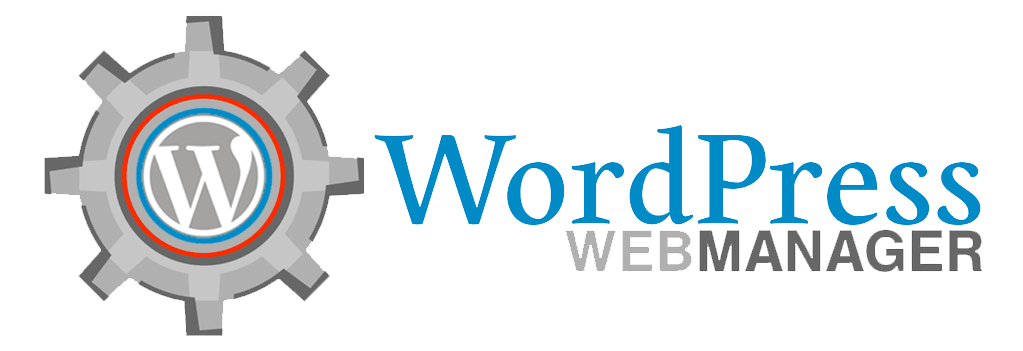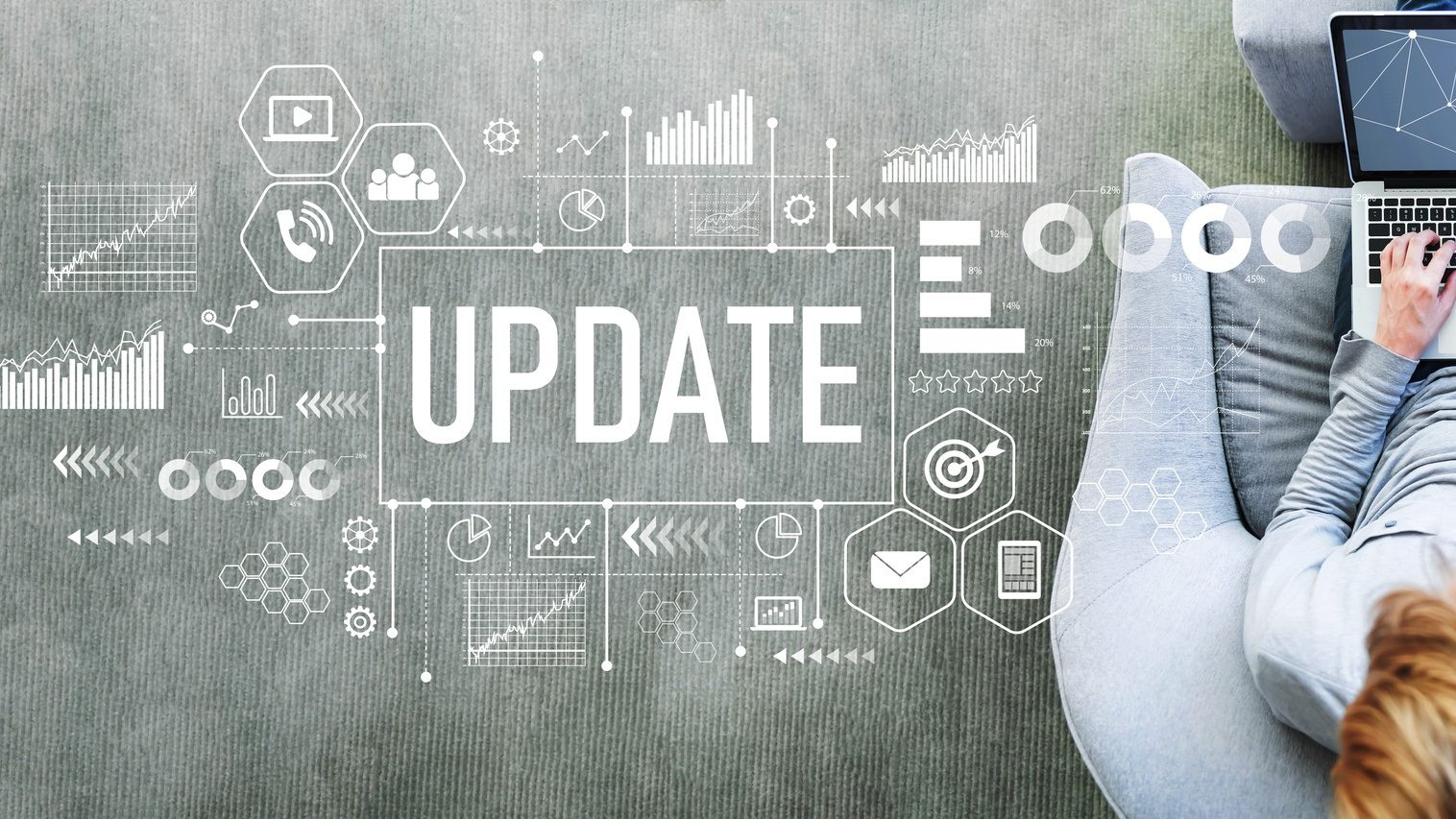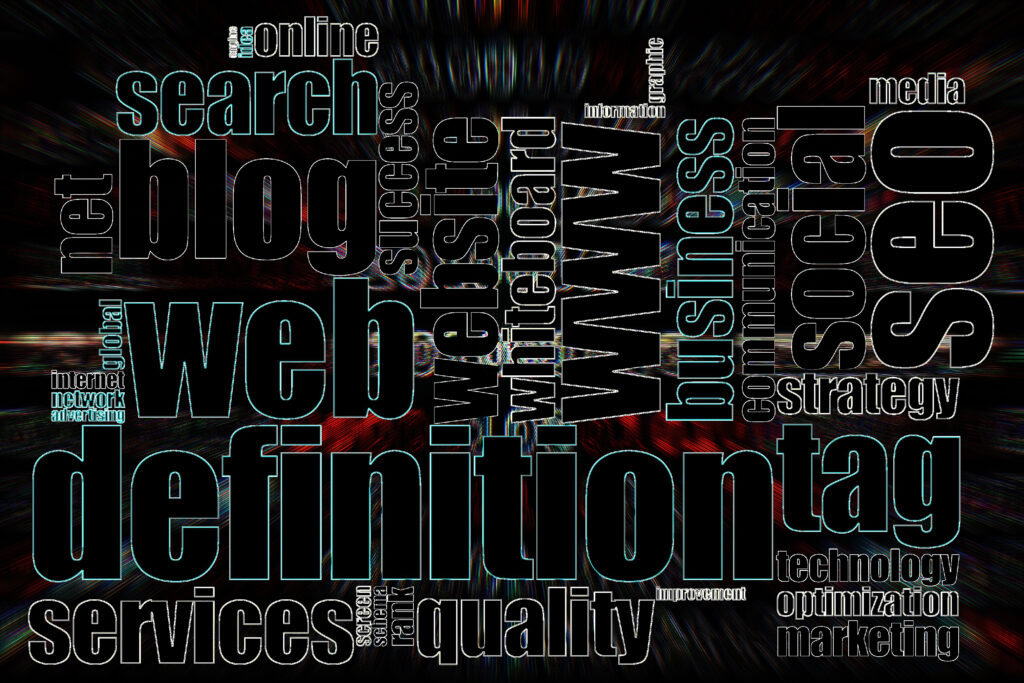How To Improve WordPress Site Security And WordPress Updates
WordPress automatic updates enable the website owner to automatically roll out new versions of WordPress for the entire website database on which it’s installed. Updates are released for all WordPress versions (WordPress, WordPress Enterprise, WordPress Lite, WordPress Central, etc.). WordPress security fixes are also sent to help keep WordPress from being infected with malicious codes that could potentially harm the website or affect the security of the database. An update will be sent to your WordPress admin area (but not to your main WordPress site). Once an update is published, WordPress will check for updated files and then try to download and install them.
You may wonder why WordPress would need to send out an update if it’s not going to ask you to do so. WordPress updates are designed to be easy for the WordPress user to perform. All WordPress users have access to the update core tool, which is what they use to update their WordPress blogs. WordPress automatically updates the WordPress core through this tool, which means there’s never any need to be a technician to manually download and install any new features.
WordPress automatically updates your blog by checking for changes and sending you an email notification. Once your blog has been updated, you’ll notice a WordPress updates page in your Dashboard. Let’s take a look at the WordPress updates page in our example above. If you click on ‘Check For WordPress Updates’, a window will popup displaying the WordPress updates status.
In order to view the WordPress updates’ tab, you’ll need to have a current version of both WordPress and your FTP client installed. You can get a free FTP client from Google. You’ll plug-in in your WordPress user account into the filezilla FTP client of choice. If you’re not familiar with how to run a filezilla file manager, you should read up on it before attempting to install WordPress. When you have installed WordPress and your FTP client, open up your filezilla file browser and navigate to settings > files. WordPress should be listed as a ‘root’ file under ‘My Computer’, and your FTP client should already have it picked up.
After you have clicked on the WordPress Updates tab in your Dashboard, you’ll see a list of plugins and themes that are managed hosting sites. The WordPress plugin you use to manage WordPress will control almost everything in WordPress, so this is where you’ll want to focus your attention. If you haven’t installed any WordPress plugins, you’ll see the WordPress plugin menu and select ‘Manage WordPress Plugins’. If you have installed any plugins, you’ll see a list of them under the’Plugin Manager’ menu. Under the list of plugins, click on the word ‘WordPress’, then click on the check box next to ‘enabled’. This lets WordPress know which plugins you want to update.
There are two ways of updating WordPress. The first method is by updating your individual plugins. There are a number of WordPress plugins out there for every major WordPress theme and plugin management platform. If you’ve only installed one WordPress theme, it’s possible that the plugin you’re using doesn’t automatically update unless you enable the update option. There are also a number of easy-to-use WordPress themes in the marketplace, which do the job, but require WordPress plugin support.
A more secure way to ensure your WordPress websites and blog are WordPress updates is to enable automatic WordPress updates. There are a number of web hosting companies who offer package discounts that include WordPress updating plugins. With this kind of deal, your websites and blogs will receive automatic WordPress update notifications. When a new version of a WordPress plugin is released, it will be picked up by WordPress and sent to your WordPress site or blog. This means that your WordPress website security is already updated and WordPress will be able to handle the upgrade without breaking a sweat.
If WordPress updates are becoming a nightmare to handle, consider using a WordPress plug-in called the WordPress One-Click Block Editor. WordPress has a built-in ‘block editor’ that lets you edit one page at a time without blocking anything else on the page. By using this one-click WordPress extension, all you need to do is click a button, choose an entry you want to edit, and wait a second or two before clicking the ‘Save’ button. That’s it – your WordPress site will be updated without blocking anything else on the page. Using this WordPress plug-in, updating WordPress updates are a piece of cake.




